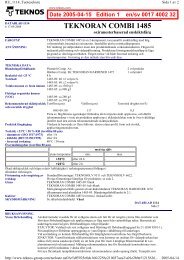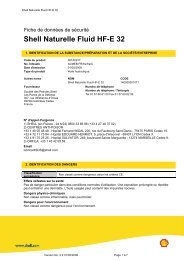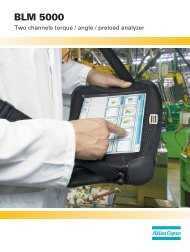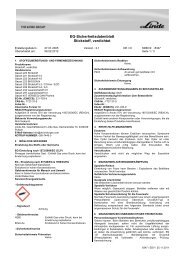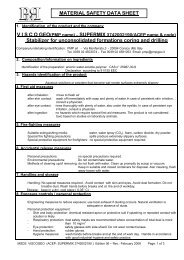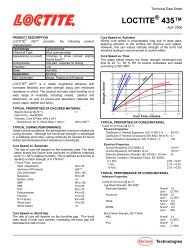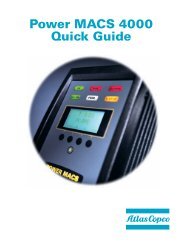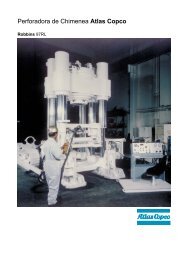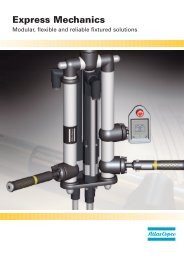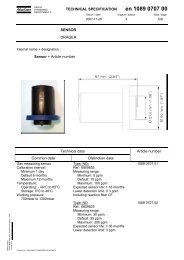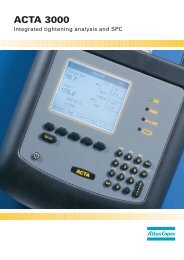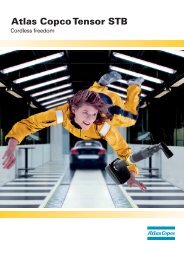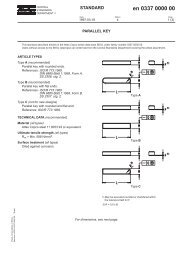Ergonomics - Atlas Copco
Ergonomics - Atlas Copco
Ergonomics - Atlas Copco
Create successful ePaper yourself
Turn your PDF publications into a flip-book with our unique Google optimized e-Paper software.
38<br />
Working environment<br />
In general, drills have a low impact on the<br />
working environment, particularly the<br />
small models. Large drills can be somewhat<br />
noisy. Most drills do not require lubrication.<br />
Design for good ergonomics<br />
The load on the operator depends on the size<br />
of the hole to be drilled. If a larger hole is to<br />
be drilled, more feed force must be applied<br />
to the machine by the operator. Larger holes<br />
can be pre-drilled to reduce the feed force.<br />
The type of grip chosen will influence<br />
the operator’s posture. A drill with a pistol<br />
grip conveys feed forces more efficiently than<br />
straight or angle grip drills.<br />
The handle must be designed to mini-<br />
mize the torque absorbed by the wrist when<br />
high feed forces are needed.<br />
The pistol grip should allow the operator<br />
to change his hold on the machine. He should<br />
hold the machine lower down the handle<br />
when applying a small feed force and higher<br />
up when high feed force is required. The high<br />
position should result in a straight line from<br />
the center line of the machine to the bones<br />
in the operator’s forearm. The torque in the<br />
operator’s wrist should be kept as low as<br />
possible at all times.<br />
The straight handle should only be<br />
used when low feed forces are required,<br />
particularly where a vertical hole is to be<br />
drilled in a workpiece. If high feed forces<br />
are necessary, a pistol grip machine may be<br />
used, provided the operator can work with<br />
his wrist held straight. If the hole requires<br />
a bent wrist posture, the position of the<br />
workpiece should be rearranged so that the<br />
operator can work with a straight wrist.<br />
The combination of bent wrist and high feed<br />
forces should always be avoided.<br />
The angle grip is used mainly for drill-<br />
ing in cramped spaces. The feed force<br />
needed should preferably be applied using<br />
both hands.<br />
The wrist’s capability to provide ulnar<br />
flexion torque is limited and one-handed<br />
operation of angle drills should be avoided.<br />
Safety<br />
Drills are not generally a risk. However, if<br />
the operator holds the drill bit and starts the<br />
tool he will damage his hand. Some drills<br />
have a guard covering the chuck, but the<br />
drill bit cannot be guarded easily. The guard<br />
allows a comfortable two-handed grip.<br />
When working with larger drill bits,<br />
there is always the risk of a jerk when the<br />
drill bit penetrates the workpiece, resulting<br />
in a shock reaction which is absorbed by the<br />
operator’s wrist. Most of the feed force is<br />
applied to the point of the bit to help it work



